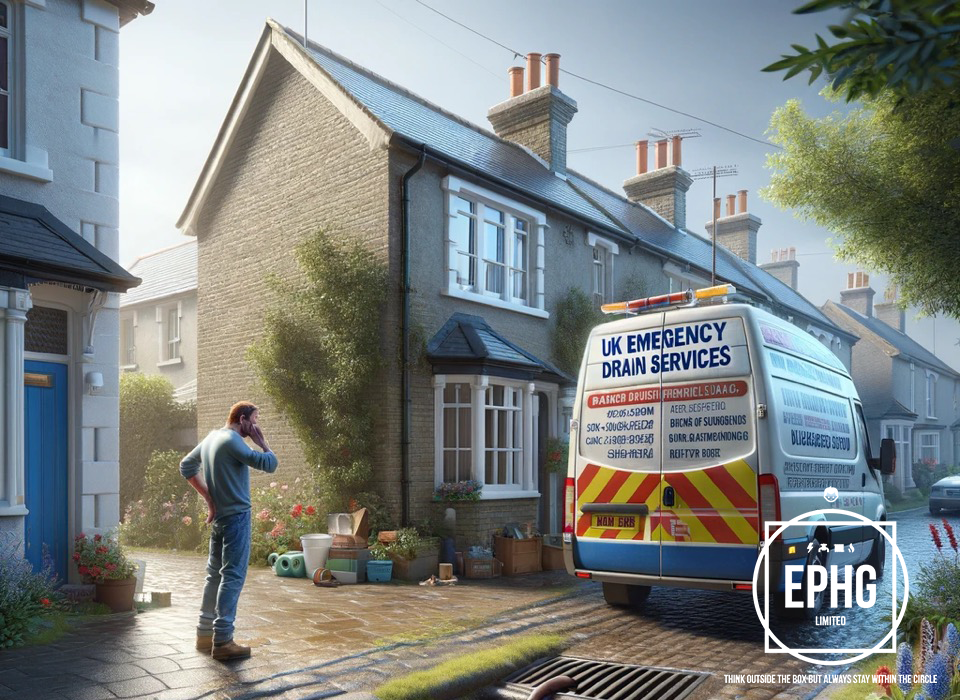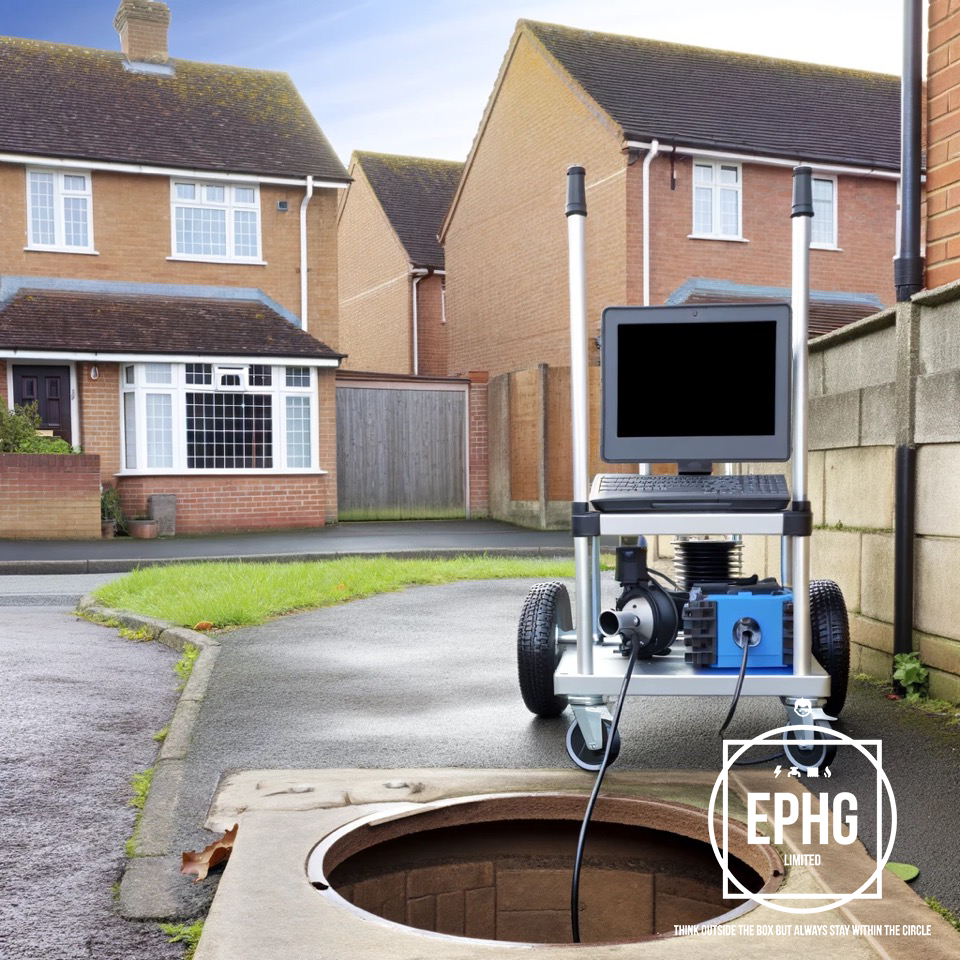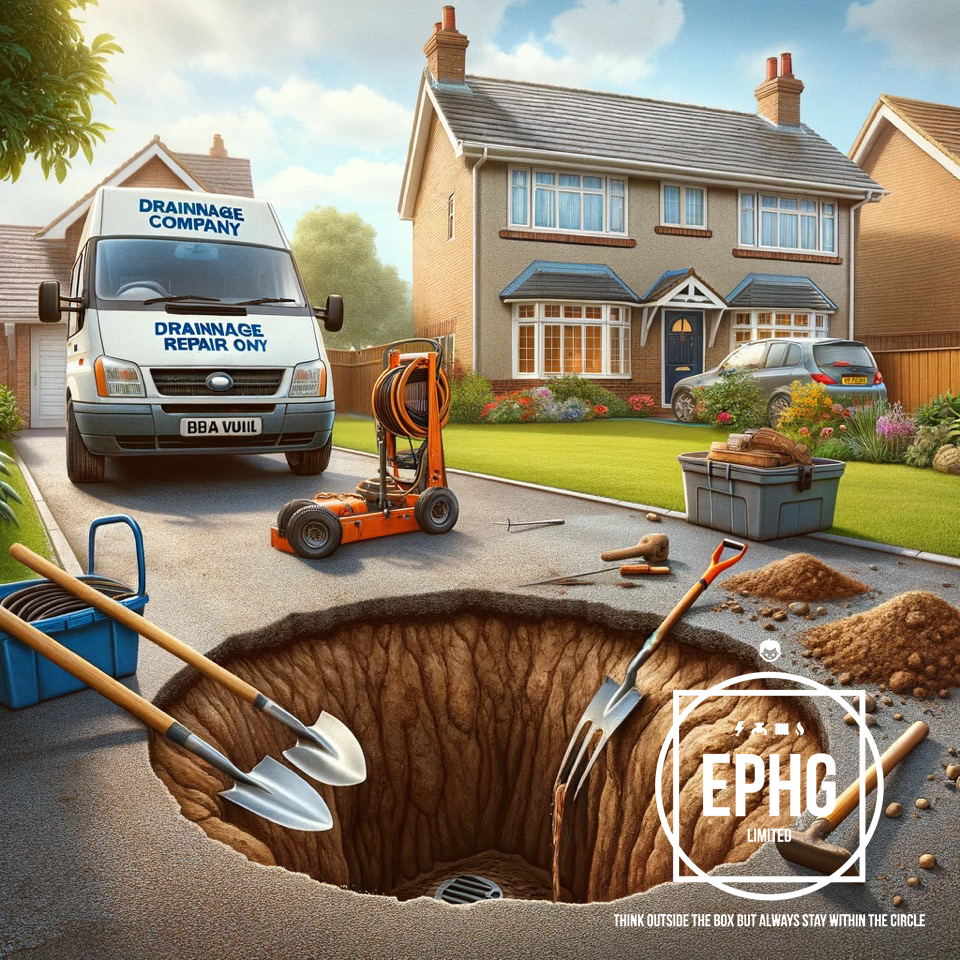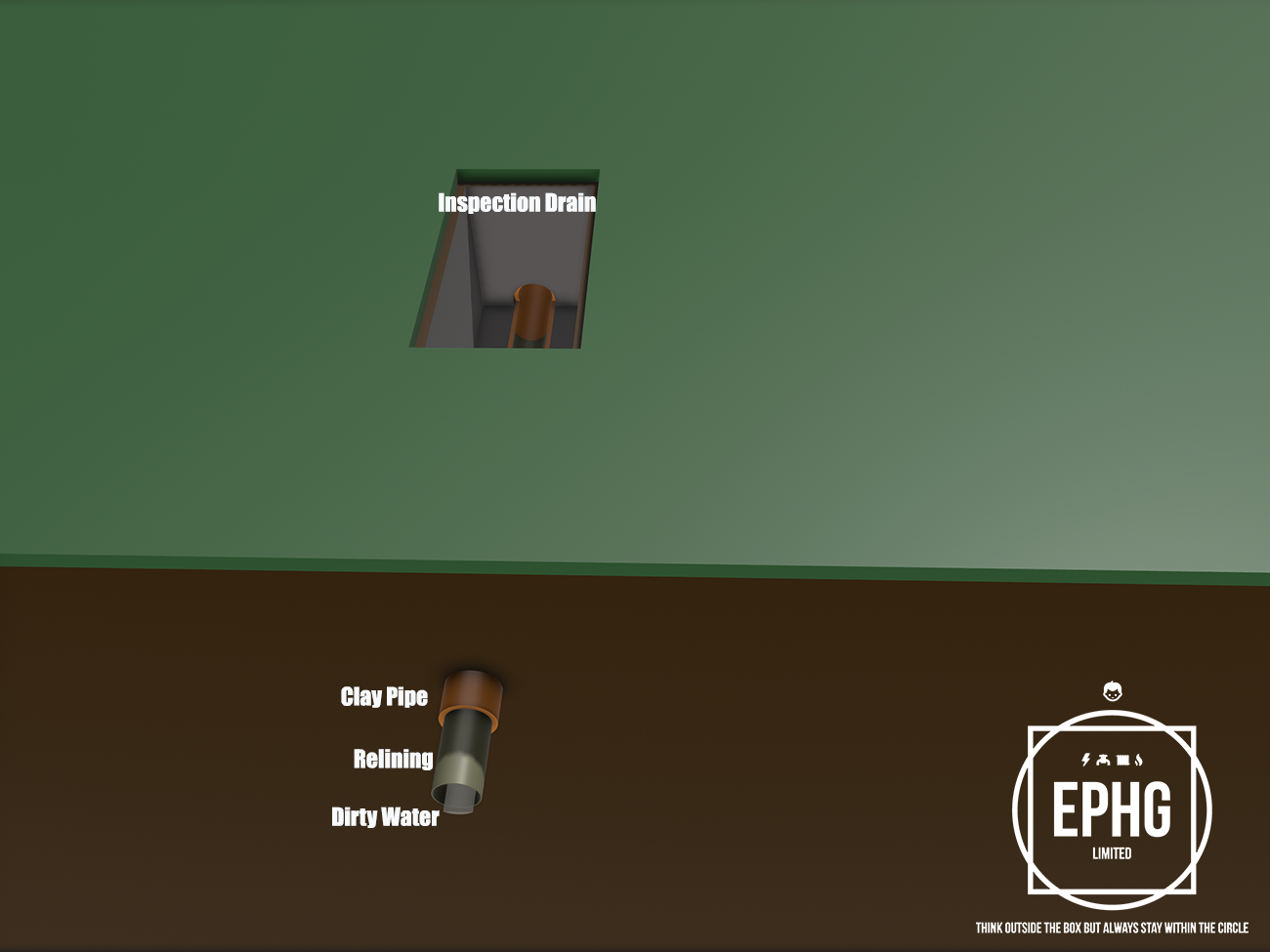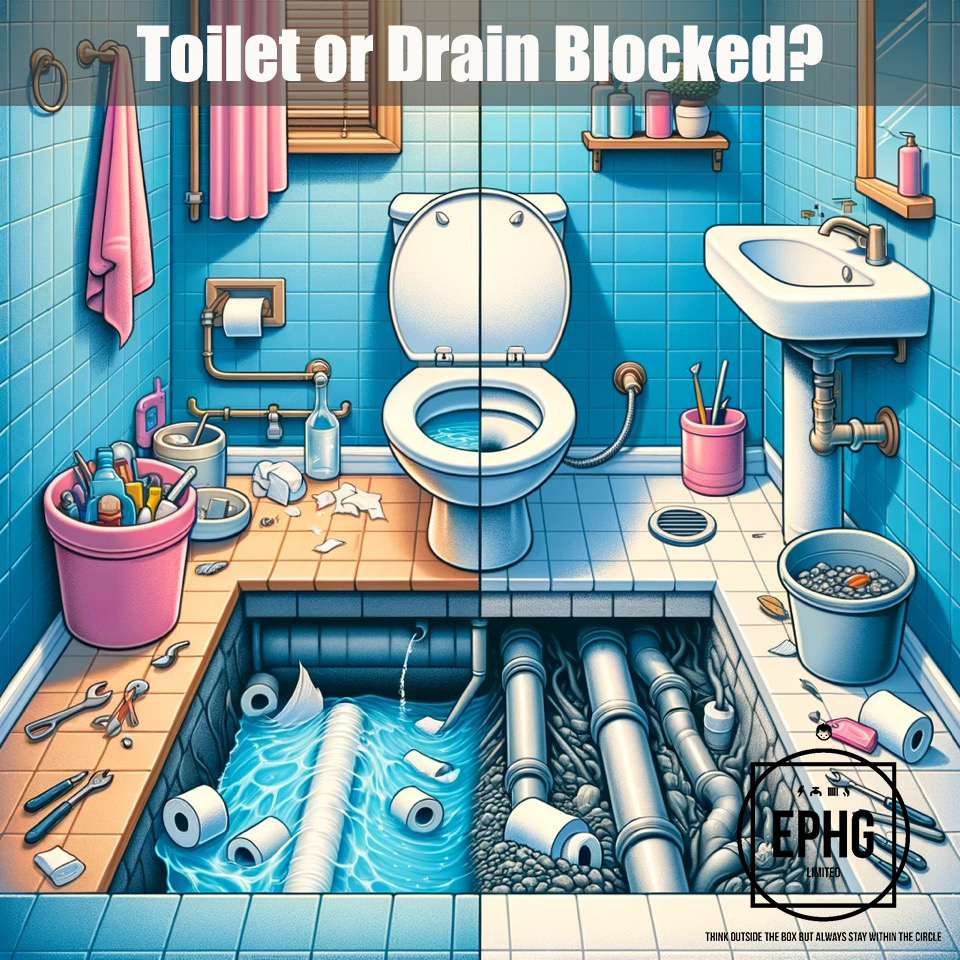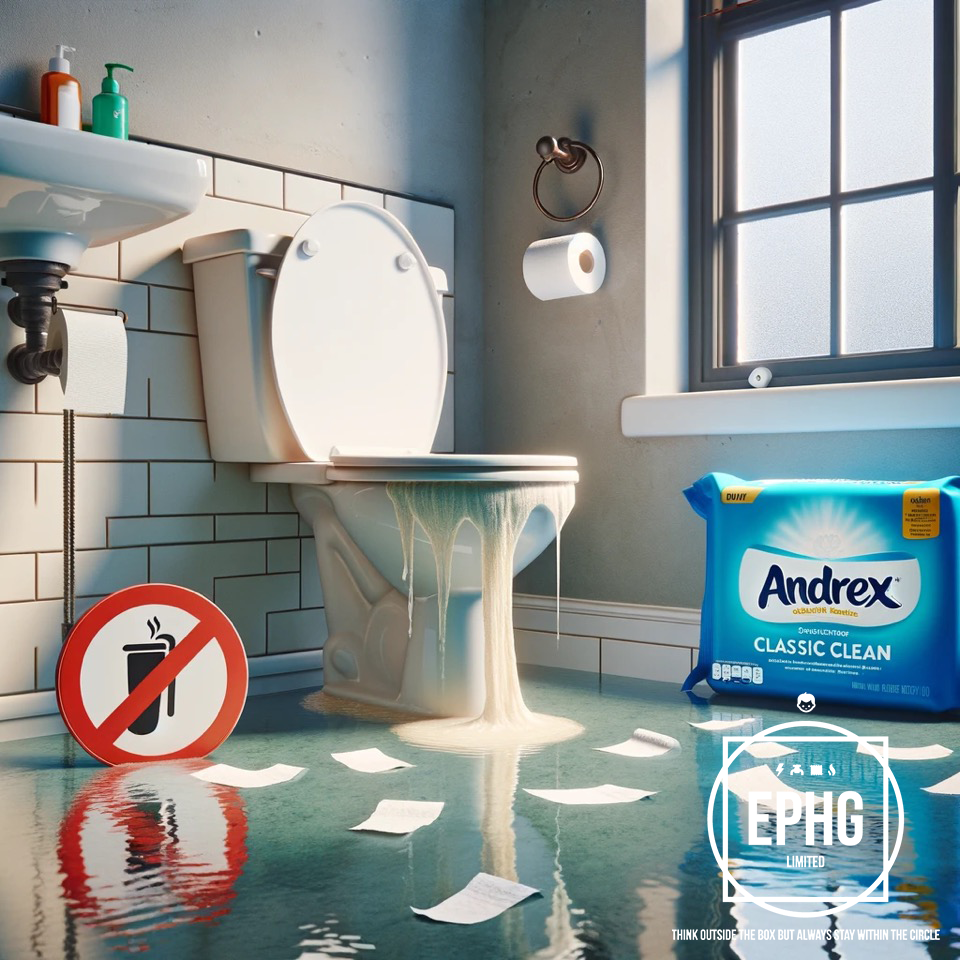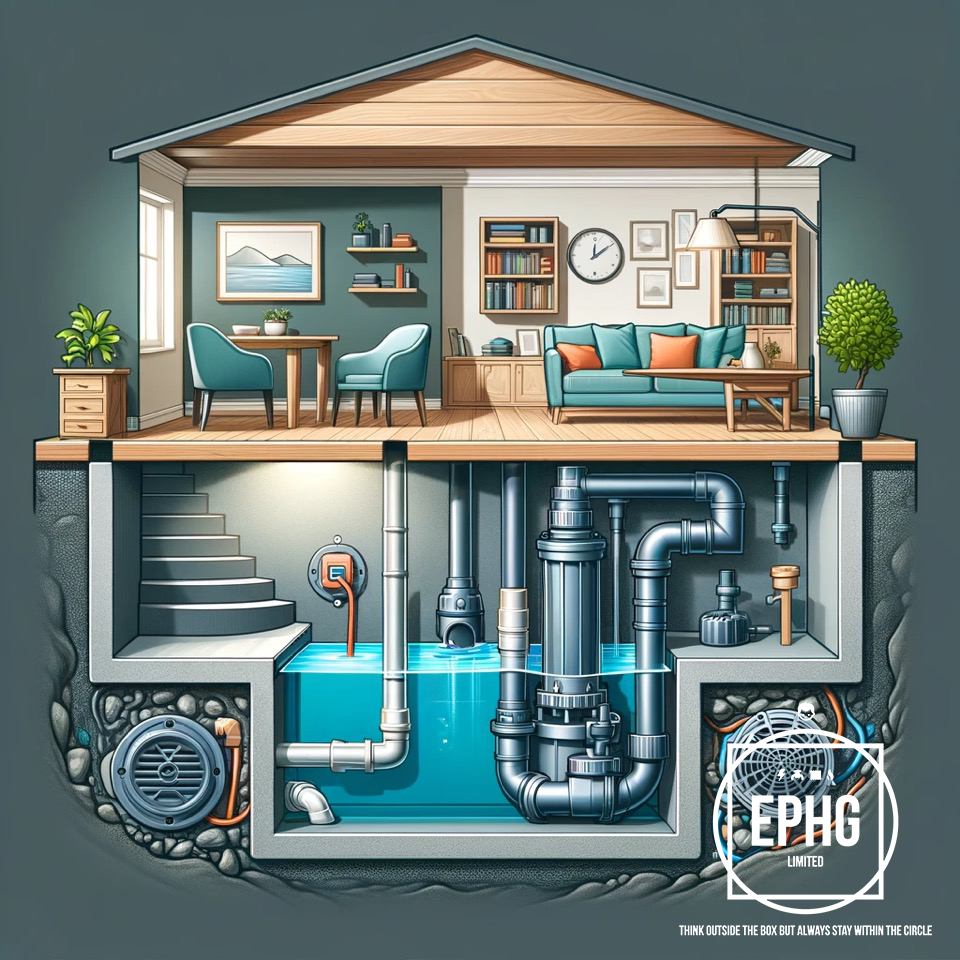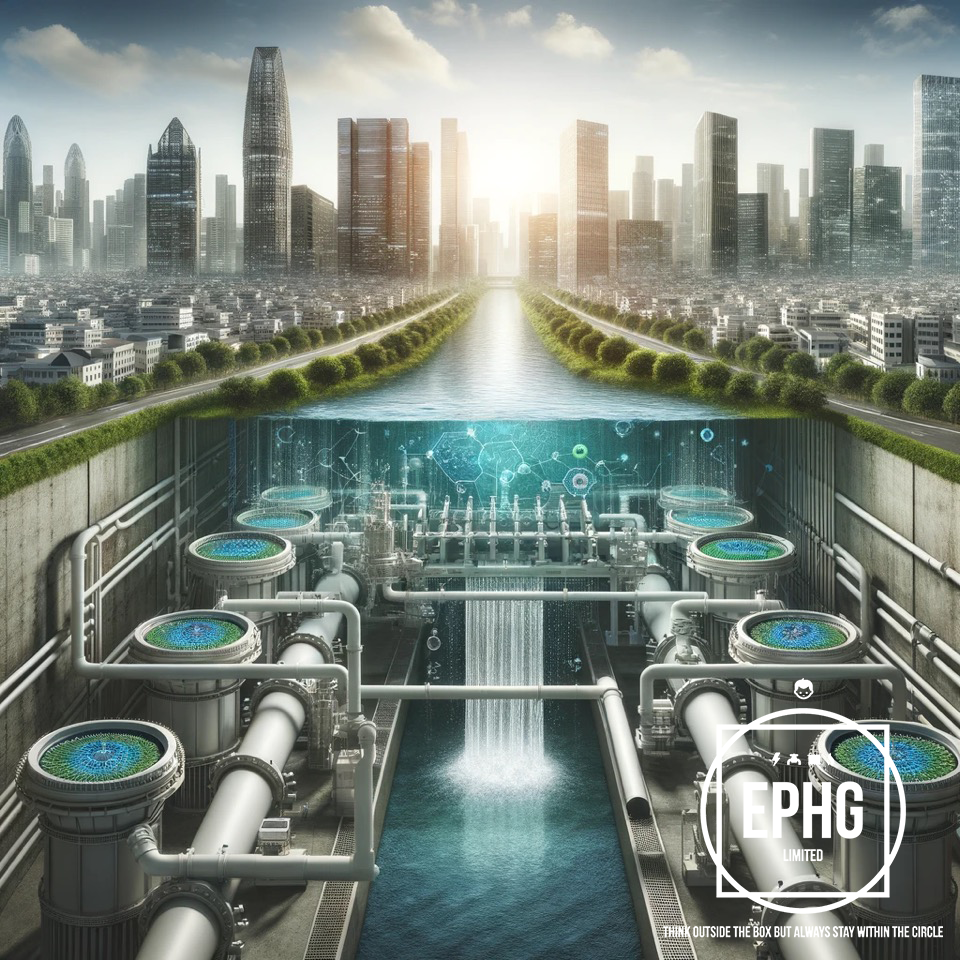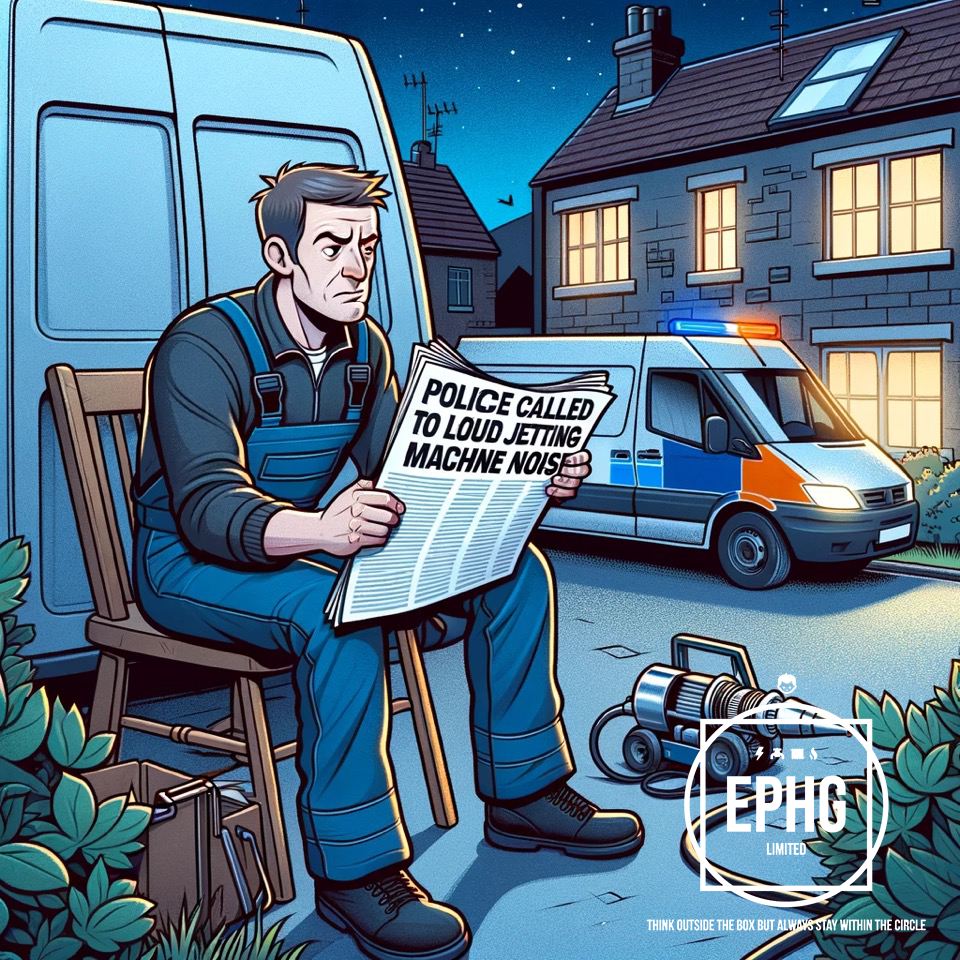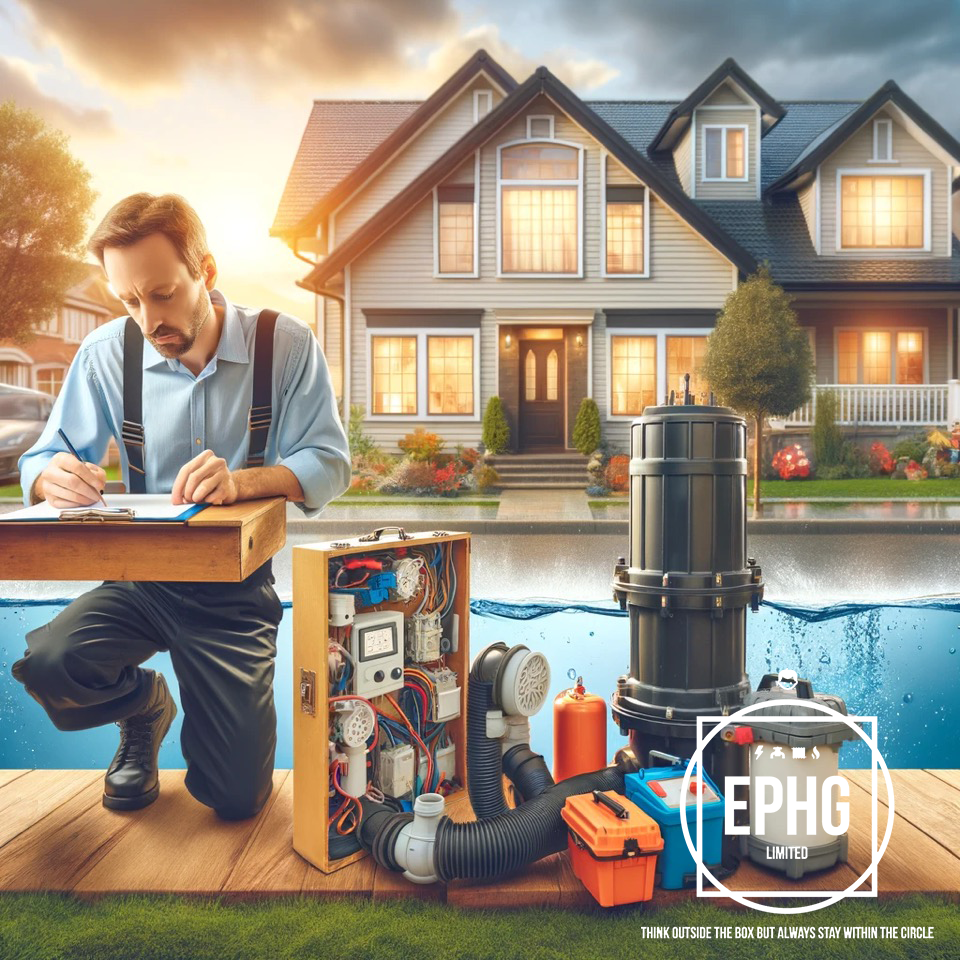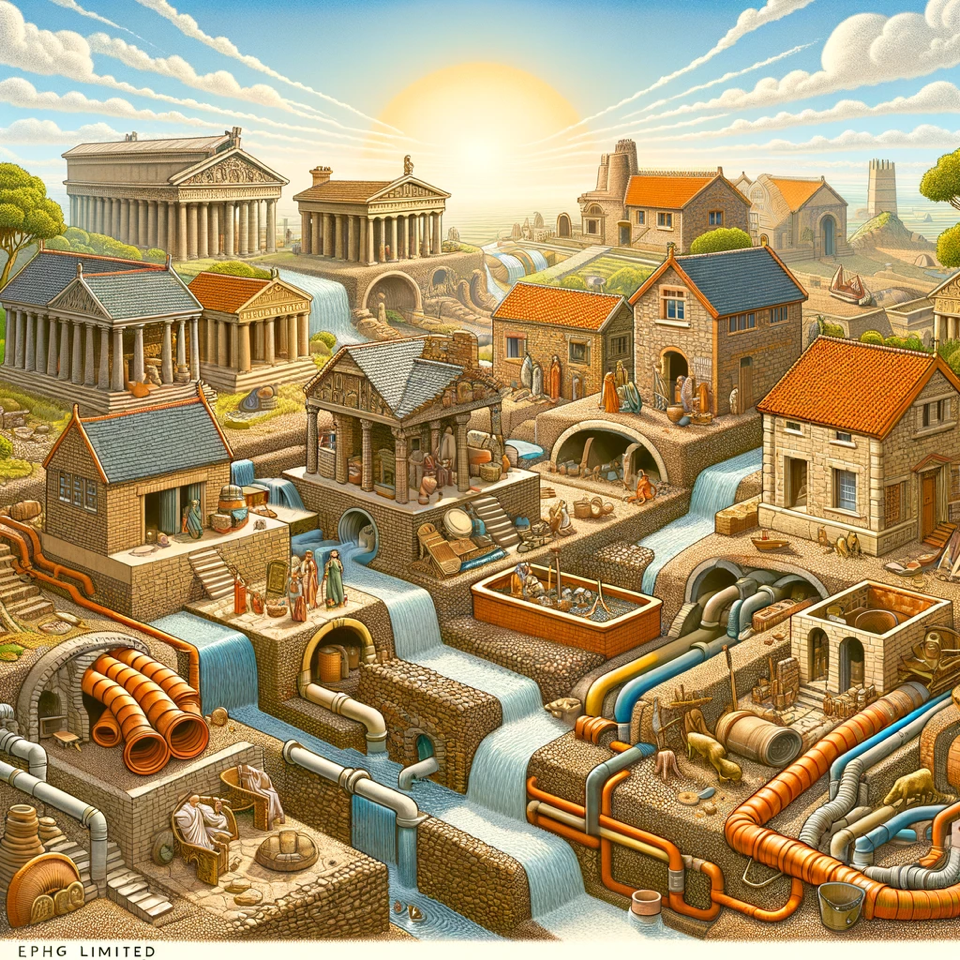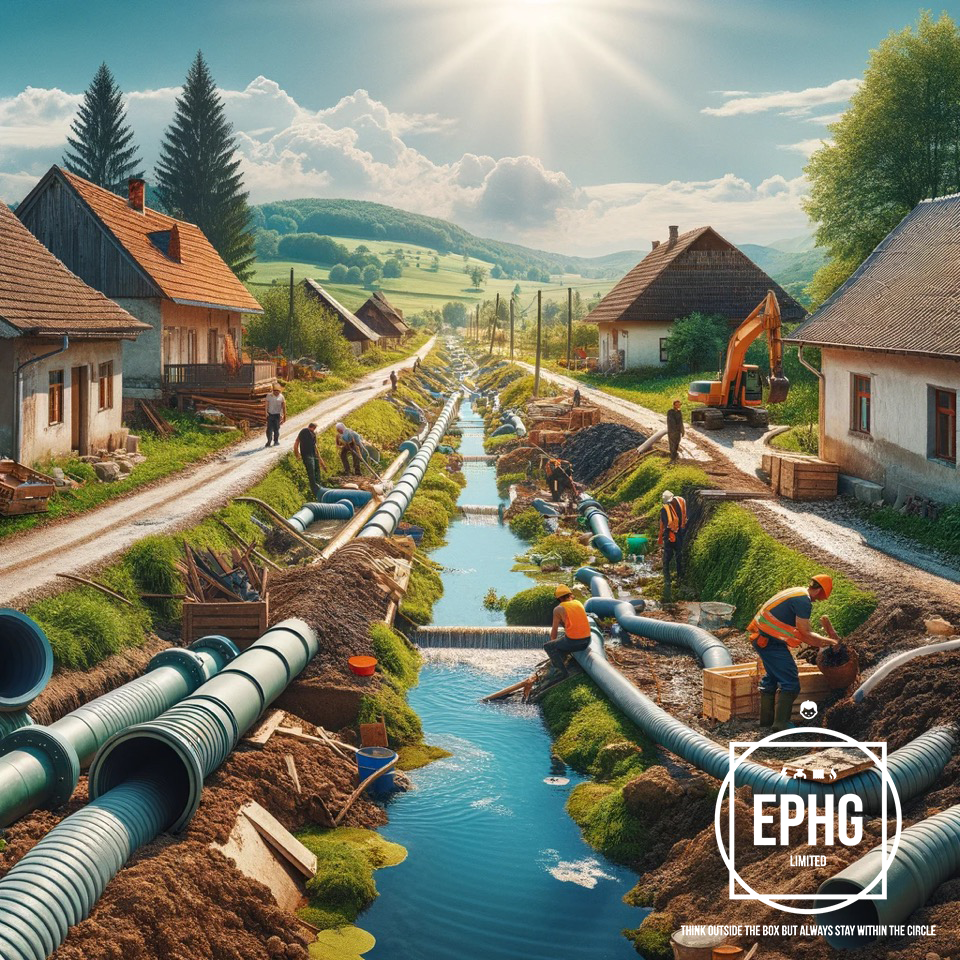

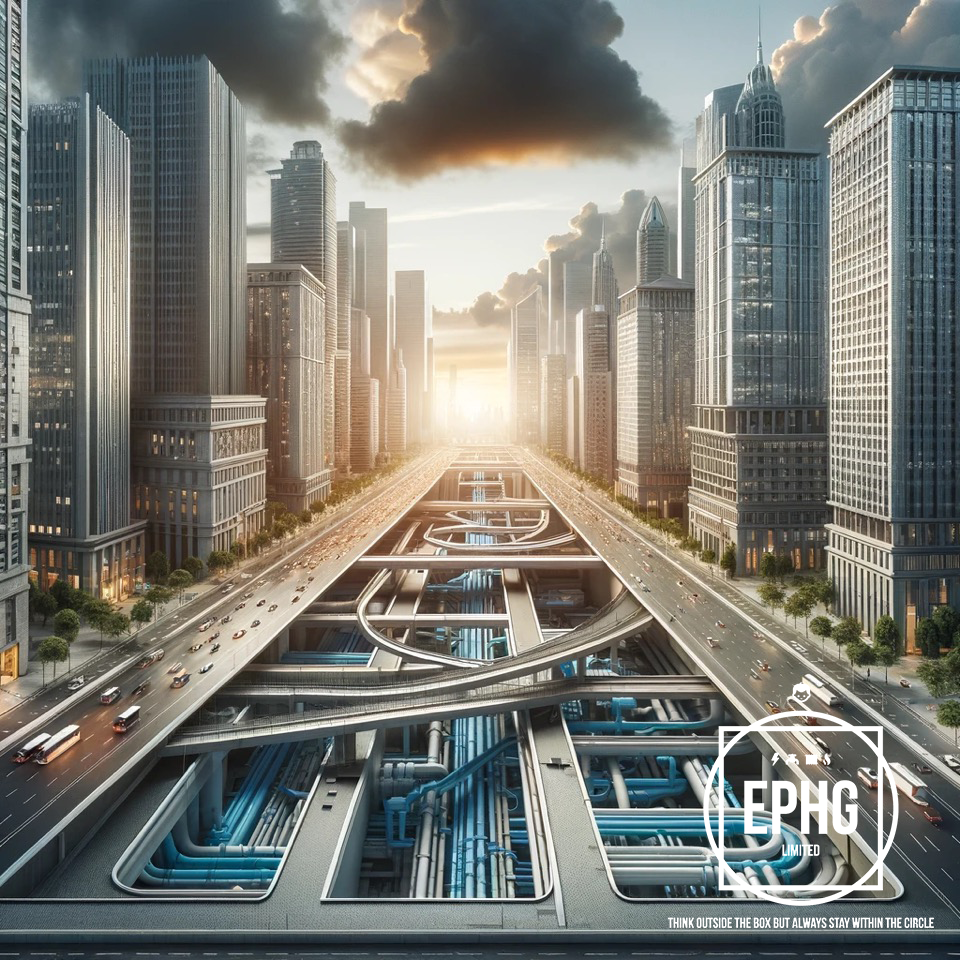
The Evolution of Drainage Infrastructure: Past, Present, and Future
In the realm of civil engineering, the development of drainage infrastructure stands as a testament to human ingenuity and adaptation. As our societies have evolved, so too has our need for effective water management systems. This article delves into the history of drainage infrastructure, examines the current challenges, and explores future innovations, all while highlighting the pivotal role of emergency drainage engineers and strategies to mitigate potential problems.
Historical Perspectives: From Ancient Conduits to Modern Marvels
The story of drainage infrastructure begins in the ancient civilizations of Mesopotamia, Egypt, and the Indus Valley, where the first known drainage systems were developed. These early endeavors primarily aimed to control floods and irrigate crops. Fast forward to the Roman era, renowned for engineering vast networks of aqueducts and sewer systems, setting the stage for modern drainage principles, given the history of the drainage engineer.
However, it wasn't until the 19th and 20th centuries that drainage systems became more sophisticated, driven by urbanization and public health concerns. The advent of comprehensive sewer networks in major cities marked a significant leap forward, reducing waterborne diseases and improving urban living conditions. But, as we'll see, this progress was not without its challenges.
Present-Day Challenges: The Role of Emergency Drainage Engineers
Today, our drainage infrastructure faces a myriad of challenges, from aging systems and urban sprawl to climate change and extreme weather events. These factors can lead to overwhelmed systems, resulting in flooding, pollution, and property damage. This is where emergency drainage engineers come into play. They are the unsung heroes who tackle blockages, repair failures, and ensure that water flows freely and safely away from our homes and streets.
But what causes these emergencies? Common culprits include blockages from foreign objects or accumulated debris, structural damage from tree roots or construction activities, and overflows due to heavy rainfall or rapid snowmelt. The increasing frequency of these events points to a pressing need for upgrades and innovations in our drainage systems.
Future Directions: Leveraging Science and Technology
Looking to the future, the science of drainage is poised for a revolution, with sustainability and resilience at its core. Innovations such as smart drainage systems, which use sensors and real-time data analytics, promise to predict and prevent blockages and overflows before they happen. Green infrastructure, like rain gardens and permeable pavements, offers a complementary approach, reducing runoff and enhancing natural water cycles.
Moreover, the integration of climate models and urban planning tools will enable us to design infrastructure that can withstand future challenges, from rising sea levels to increasingly erratic weather patterns. This proactive approach not only mitigates the need for emergency interventions but also contributes to healthier environments and more livable cities.
Mitigating Future Problems: A Holistic Approach
To minimize future drainage problems, a holistic strategy is essential. Regular maintenance, public awareness campaigns, and stricter regulations on waste disposal can prevent blockages and extend the lifespan of our infrastructure. At the same time, investing in research and development, embracing innovative technologies, and fostering collaboration among engineers, urban planners, and policymakers will pave the way for more adaptive and resilient systems.
Conclusion
The journey of drainage infrastructure from ancient times to the present day reflects our continuous struggle and ingenuity in managing water. While the challenges have evolved, the goal remains the same: to ensure safe, efficient, and sustainable water management. By learning from the past, addressing the present, and innovating for the future, we can navigate the complexities of our changing world and safeguard our communities against the inevitable uncertainties of nature. In this endeavor, the role of emergency drainage engineers and the collective effort of society are indispensable. Together, we can turn the tide towards a more resilient and water-wise future.


